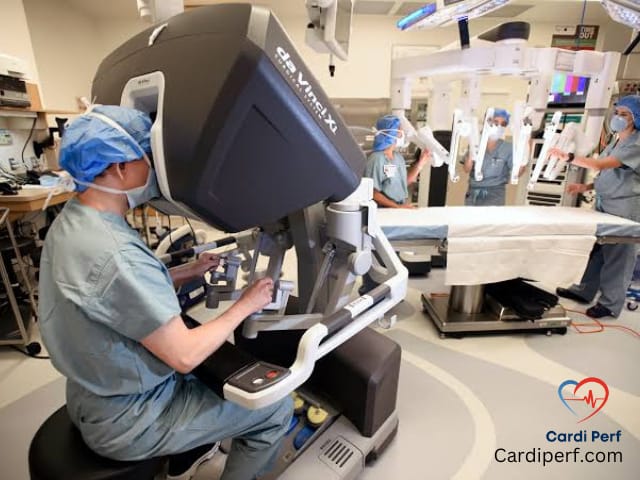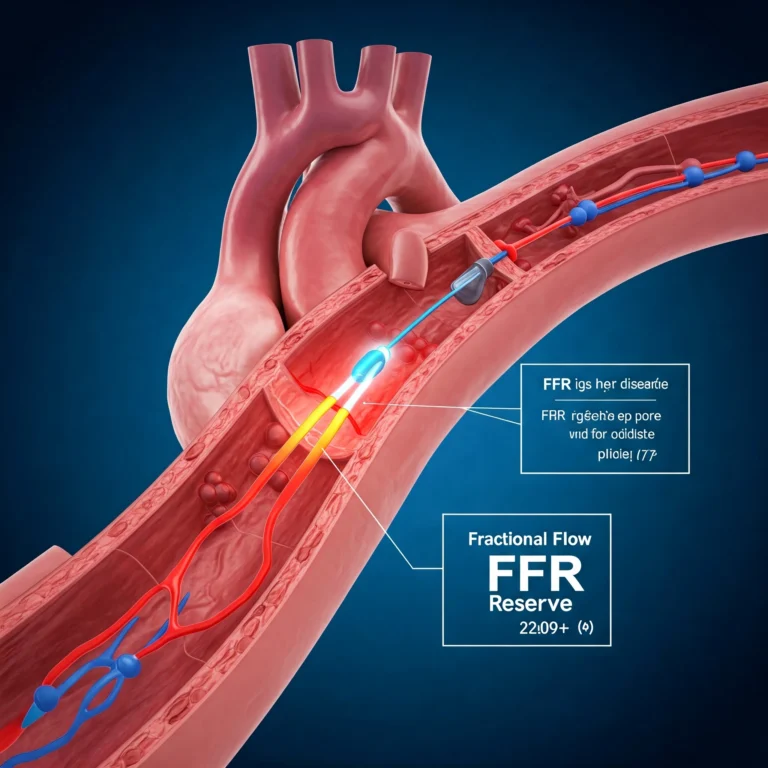AI & Robotics in Perfusion is revolutionizing cardiac surgery, ECMO management, and blood flow optimization. Learn how AI-driven perfusion systems are making procedures smarter, safer, and more efficient for patient care.
The big question is: Will AI replace perfusionists? Or will it enable a new breed of hybrid perfusionists who collaborate with intelligent machines to elevate patient care to unprecedented heights? Let’s dive into how AI, machine learning, and robotics are shaping the future of perfusion.
1. AI-Powered Perfusion: Making Cardiac Surgery Smarter
AI is transforming how perfusionists make decisions during cardiac surgery by offering advanced data analysis and predictive capabilities. Instead of relying solely on experience, AI now provides real-time insights to ensure optimal perfusion parameters and patient safety.
AI in Action: Data Interpretation and Predictive Analytics
During cardiopulmonary bypass (CPB), perfusionists manage a massive amount of data—ABGs, ACTs, lactate levels, and oxygenation metrics. AI analyzes these parameters to:
- Predict complications before they arise, such as acute kidney injury (AKI), hemolysis, or low cardiac output syndrome (LCOS).
- Automate alerts to notify clinicians of critical changes in blood gas levels or perfusion pressure.
- Optimize interventions by adjusting oxygenation, anticoagulation, and flow rates based on real-time patient data.
This means perfusionists can intervene proactively, enhancing outcomes and reducing the likelihood of adverse events.

2. Automated Perfusion: Letting AI Take the Wheel
Imagine a heart-lung machine that adjusts itself automatically to keep a patient’s circulatory system in perfect balance. AI-driven closed-loop perfusion systems are making this possible. These systems:
- Monitor hemodynamics (e.g., arterial pressure, SvO₂, lactate levels) in real time.
- Adjust pump speed, gas flow, and oxygenation levels based on live data.
- Trigger alerts or make automatic adjustments when abnormalities are detected.
While human oversight remains critical, these AI systems reduce the margin for error and improve overall precision and patient safety.
3. Robotics: The Next Frontier of Perfusion
Robotics and AI are combining to take perfusion management to the next level. Here’s how these technologies are reshaping the field:
AI-Driven ECMO Management
Managing ECMO (Extracorporeal Membrane Oxygenation) requires constant monitoring and adjustment of flow, oxygenation, and anticoagulation. With AI, ECMO systems now:
- Detect clots early and adjust anticoagulation to prevent complications.
- Optimize oxygenation and sweep gas ratios based on real-time patient data.
- Help with ECMO weaning, analyzing trends to time decannulation more effectively.
This enhanced level of automation minimizes human error, improving outcomes, especially in critically ill patients.
Remote Perfusion and Telesurgery
AI and robotics are paving the way for remote perfusion monitoring and telesurgery. Imagine a perfusionist in New York overseeing an ECMO case in India—thanks to cloud-based AI systems, this is now possible. Remote specialists can:
- Monitor ECMO and cardiac surgeries in real time.
- Adjust parameters remotely, providing guidance from anywhere in the world.
- Deliver expert care in underdeveloped regions with limited access to local perfusionists.
This is the beginning of a new era in global healthcare access.
Nanorobotics: The Future of Blood Flow Optimization
Microrobots in perfusion circuits are still in the experimental stages, but their potential is enormous. These tiny robots could:
- Dissolve microthrombi in real time, preventing larger clots.
- Regulate anticoagulation levels precisely, reducing bleeding risks.
- Improve microcirculatory flow, preventing damage to organs.
Nanotechnology could revolutionize how we manage blood-related complications in ECMO and CPB.
4. The Ethical Questions Around AI in Perfusion
With all these advancements come important ethical considerations:
- Can AI replace human perfusionists? While AI enhances decision-making, it lacks the clinical intuition and adaptability that only experienced humans possess, especially in emergencies.
- Cybersecurity risks: AI-driven systems require patient data connectivity—how do we protect sensitive information from breaches?
- Cost and accessibility: As cutting-edge AI technologies become more common, how do we ensure that even low-resource settings can benefit from them?
These challenges must be addressed to ensure that AI in perfusion is used ethically and for the good of all patients.

5. The Hybrid Perfusionist: A New Era of Collaboration
The perfusionist of the future will not be replaced by AI; rather, they will work alongside these advanced systems to elevate patient care. The Hybrid Perfusionist will:
- Master AI-powered tools to optimize real-time decisions during surgery.
- Leverage predictive analytics to prevent complications and improve outcomes.
- Embrace robotics to enhance safety, precision, and efficiency in perfusion.
In this new era, technology will complement human expertise, allowing perfusionists to focus on complex decision-making and patient interaction.
FAQs About AI & Robotics in Perfusion
- Can AI replace perfusionists?
No, AI assists perfusionists but cannot replace their clinical judgment and expertise. - How does AI improve ECMO therapy?
AI helps adjust flow, gas exchange, and anticoagulation, reducing human error and optimizing care. - Are AI systems safe?
Yes, but they require human oversight to ensure proper functioning and respond to unforeseen complications. - What are the risks of AI in perfusion?
Risks include cybersecurity threats, data privacy concerns, and reliance on technology in emergencies. - Will AI reduce perfusionist job opportunities?
AI is likely to enhance perfusionists’ roles by automating repetitive tasks, enabling them to focus on more complex clinical decisions. - Can AI predict complications during surgery?
Yes, AI can predict complications like low cardiac output, kidney failure, and clot formation. - Is robotic-assisted perfusion common?
It’s emerging but still in the early stages of adoption across the world. - How can AI reduce complications in cardiac surgery?
AI’s predictive analytics help identify risks and optimize interventions before complications occur. - Will AI make perfusion more affordable?
While initial costs are high, AI has the potential to reduce long-term healthcare costs by improving efficiency and patient outcomes. - Where can I learn more about AI in perfusion?
Keep following CardiPerf.com for the latest updates, research, and news in perfusion science.
About CardiPerf.com
cardiperf.com is your go-to source for cutting-edge insights into perfusion science, cardiac surgery, ECMO, and blood management. Stay informed with expert articles, research updates, and real-world applications in the fast-evolving world of cardiovascular perfusion.
Disclaimer
This article is for informational purposes only and does not constitute medical advice. Always consult healthcare professionals for clinical decisions.
Are You Ready for the AI-Powered Perfusion Revolution?
The future of perfusion is now, and it’s up to us—cardiac surgeons, perfusionists, and innovators—to shape it. Will you embrace this new era?






